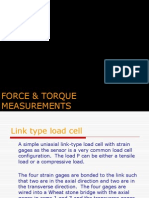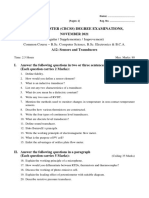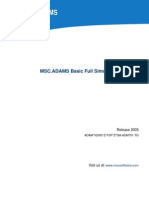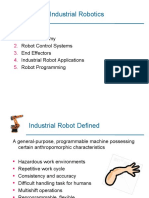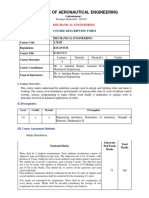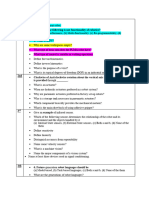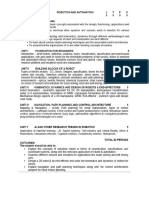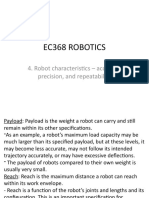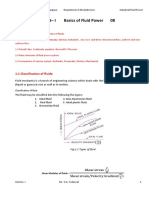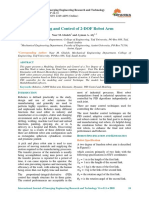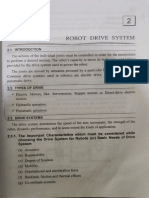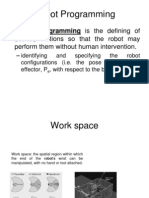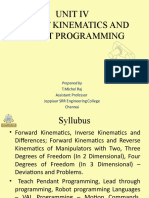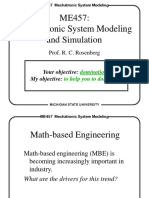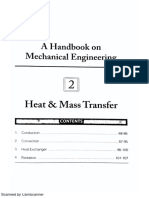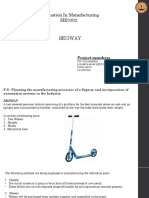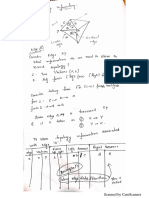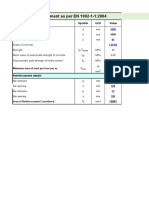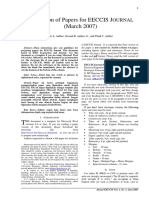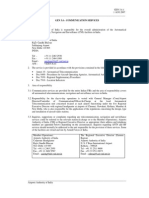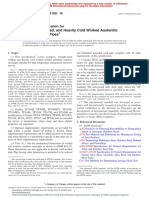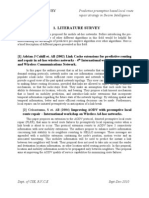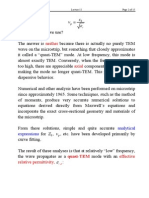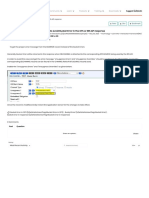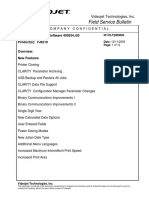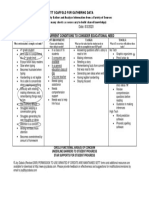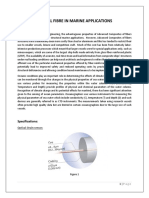0% found this document useful (0 votes)
454 views9 pagesX04-Industrial Robot Programming - Lab Manual
The document discusses an experiment on industrial robot task programming. The aims are to understand the hardware and software structure of an industrial robot and to learn how to control and program a robot for task execution. Students will learn about the structure and control of industrial robots and how to develop and implement pick and place and other motion programs. Key topics covered include the components, coordinate systems, and programming of KUKA industrial robots.
Uploaded by
Mahesh Nvsr BCopyright
© © All Rights Reserved
We take content rights seriously. If you suspect this is your content, claim it here.
Available Formats
Download as PDF, TXT or read online on Scribd
0% found this document useful (0 votes)
454 views9 pagesX04-Industrial Robot Programming - Lab Manual
The document discusses an experiment on industrial robot task programming. The aims are to understand the hardware and software structure of an industrial robot and to learn how to control and program a robot for task execution. Students will learn about the structure and control of industrial robots and how to develop and implement pick and place and other motion programs. Key topics covered include the components, coordinate systems, and programming of KUKA industrial robots.
Uploaded by
Mahesh Nvsr BCopyright
© © All Rights Reserved
We take content rights seriously. If you suspect this is your content, claim it here.
Available Formats
Download as PDF, TXT or read online on Scribd
/ 9


